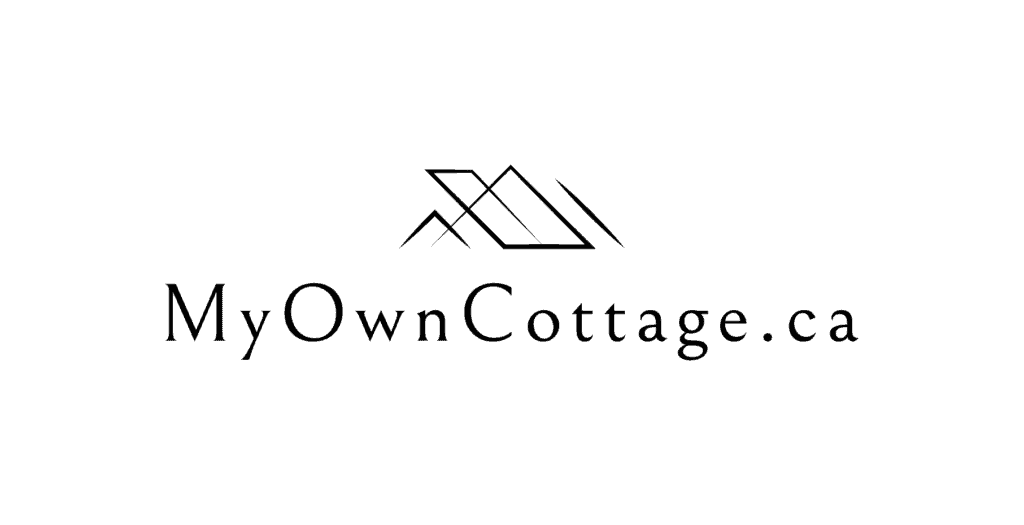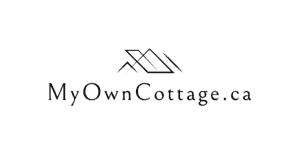Energy Efficiency in Canadian Prefab Homes
Discover energy efficiency in Canadian prefab homes, including superior insulation, energy-efficient windows, and modern heating systems.
Learn how prefab homes save on energy costs and compare them to traditional homes.
Home » Energy Efficiency in Canadian Prefab Homes
Energy Efficiency with Prefab Homes
Prefab homes, also known as prefabricated or modular homes, are gaining recognition for their exceptional energy efficiency.
Naturally, this is making them an attractive option for homeowners who want a more sustainable and cost-effective living space.
In fact, today’s Canadian prefab homes are designed with energy efficiency in mind.
Sustainable features in Canadian prefab homes, such as energy-efficient appliances and solar panels, allow for significant cost savings on utility bills.
Moreover, these homes are purpose-built to be environmentally friendly.
A Comprehensive Guide
This represents a growing trend, especially in regions like British Columbia, Alberta, Ontario, Saskatchewan, and Nova Scotia.
Innovation in this field is helping to redefine how we approach homebuilding.
It also happens to be setting a new benchmark in energy use and lowered costs in the housing market.
Let’s explore the energy-efficient features of prefab homes, their comparison to traditional homes, and how these homes offer significant savings over time.
Energy Efficiency in Prefab Homes
As noted, prefab homes are designed and built with energy efficiency in mind.
They utilize advanced construction methods and high-quality materials that significantly reduce energy consumption.
In fact, a simple prefab homes cost comparison with traditional homes reveals the significant savings to be made with a sustainable prefabricated housing option.
To illustrate, here are some key energy-efficient features typically found in prefab homes:
Insulation and Thermal Efficiency
One of the primary contributors to the energy efficiency of prefab homes is superior insulation.
Prefabricated homes are often constructed with advanced insulation materials that provide better thermal performance than traditional homes.
This helps maintain a comfortable indoor temperature year-round while reducing the need for heating and cooling systems.
The result?
Lower energy bills for homeowners.
Energy-Efficient Windows
Another critical feature of prefab homes is their use of energy-efficient windows.
Prefabricated homes often come with double-glazed or low-emissivity windows.
This minimizes heat loss in winter and reduce the amount of heat entering during the summer.
Moreover, these windows not only enhance the home’s energy efficiency but also improve sound insulation and overall comfort.
Efficient Heating and Cooling Systems
Prefab homes are often equipped with energy-efficient heating and cooling systems.
Popular choices include radiant floor heating, energy-efficient HVAC systems, and smart thermostats.
These features allow homeowners to better control their energy consumption.
With these modern systems, prefab homes maintain an optimal indoor climate with minimal energy use, reducing long-term utility costs.
Energy-Efficient Lighting
Prefab homes are designed to minimize energy consumption across all aspects, including lighting.
Many prefab homes come with LED lighting, which uses significantly less energy than traditional incandescent bulbs.
This serves to further enhance the home’s overall energy efficiency.
An Energy Cost Comparison
When comparing energy use and costs between prefab homes and traditional homes, it’s clear that prefab homes hold several advantages.
Here’s a breakdown of how energy efficiency impacts both:
Overall Energy Use
Prefab homes are designed and constructed with a strong focus on minimizing energy use.
With better insulation, energy-efficient windows, and advanced heating systems, prefab homes naturally consume less energy than traditional houses.
In fact, traditional homes may not have the same level of thermal efficiency or may rely on outdated heating and cooling systems.
In traditional homes, energy loss through poor insulation or inefficient windows can lead to higher heating and cooling costs.
Prefabricated homes, by contrast, are designed in a controlled environment.
This ensures that materials are carefully selected and applied, resulting in better energy performance.
Construction Costs
The long-term savings due to the energy efficiency of prefab homes can actually can offset this initial investment.
By cutting down on energy bills, modular housing often proves to be a more cost-effective option over the life of the home.
This is especially true in areas with extreme weather conditions.
Additionally, the modular construction process helps reduce waste, making prefab homes a more sustainable choice.
Since components are built off-site, there’s less material waste and fewer delays, further reducing costs.
Sustainable Design & a Future of Prefab Homes
Prefab homes are at the forefront of sustainable living solutions.
The use of energy-efficient materials, combined with the modular construction process, helps create homes that are not only energy-efficient.
They are also very environmentally friendly.
Passive House Standards
Many prefab homes are designed to meet Passive House standards, an internationally recognized standard for energy-efficient buildings.
These homes require very little energy to heat or cool, thanks to their highly efficient insulation, airtight construction, and mechanical ventilation systems.
Prefab homes that adhere to Passive House principles provide the ultimate in energy efficiency.
In fact, energy consumption can be up to 90% less than that of a typical traditional house.
Needless to say, this is a huge advantage in terms of lowering utility costs and making a home more energy-conscious.
Less Waste, More Sustainability
Because prefab homes are built in a controlled environment, the manufacturing process minimizes waste compared to traditional construction methods.
The off-site construction process allows for precise measurements, reducing the need for excess materials.
This approach not only saves money but also contributes to a more sustainable building practice.
The Role of Custom Design
Prefab homes offer homeowners the ability to custom design their space with energy efficiency in mind.
Whether it’s selecting the perfect floor plans for optimal energy flow or choosing the best materials.
Prefab homes offer customization options that can make a significant impact on energy use.
With prefab homes, homebuyers can craft their dream home to align with their specific needs for sustainability.
Energy-Efficient Prefab Homes in Remote Locations
Prefab homes are an ideal solution for homeowners looking to build in remote locations.
The modular housing approach allows for quicker build times and reduced transportation costs.
Naturally, this is making it easier to create an energy-efficient home in areas that might be difficult to access.
This is ideal in places like New Brunswick, British Columbia, and Nova Scotia.
Here, harsh climates can increase the need for heating.
To this end, prefab homes provide a comfortable, energy-efficient living space without compromising on modern design or functionality.
The Prefabrication Building Process
The construction process for prefab homes is streamlined, with components pre-manufactured off-site before being assembled on-site.
This method allows for tighter construction, fewer gaps, and better insulation, which directly contributes to energy efficiency.
As a result, prefab homes are built with high-quality materials and construction techniques.
This process minimizes air leakage and reduces the amount of energy needed for heating or cooling.
How Energy-Efficiency Is Built In
Additionally, prefab homes often meet or exceed local building codes.
This ensures that energy-efficient features and designs are incorporated from the start.
A heightened attention to detail ensures a long-lasting, energy-efficient home.
One that is built to withstand the elements while keeping energy costs low.
Why Choose an Energy-Efficient Prefab Home?
Energy efficiency is one of the standout features of prefab homes.
With advanced insulation, energy-efficient windows, efficient heating systems, and sustainable building practices, prefab homes are setting new standards.
They provide long-term savings, affordability, modern design and a comfortable living environment.
When compared to traditional houses, prefab homes are a more energy-efficient and cost-effective choice.
This is especially true in regions with extreme weather conditions.
Energy-Efficiency for Your Dream Home
As more homeowners seek sustainable homes and lower energy bills, the demand for prefab homes will continue to rise.
Whether you’re looking to build a beautiful home in a remote location or searching for a custom home that meets your specific needs.
Prefab homes offer an efficient, eco-friendly, and affordable solution for your dream home.
If you’re considering building a new home, explore our prefab home packages!
Discover how modular construction can provide you with the perfect energy-efficient home designed to last.
Get started on your energy-efficient dream home with My Own Cottage today!
Simply, fill out the form below and we’ll get back to you soon!

